We have two tables like below:
Table A
Name | Question | Answer
-----+-----------+-------
Bob | Interest | art_and_theatre
Sue | Interest | finances_and_investments
Sue | Interest | art_and_theatre
Joe | Interest | cooking_and_nutrition
Joe | Interest | nutrition_and_drinks
Joe | Interest | eco_life
Joe | Interest | beauty
Bob | Interest | nutrition_and_drinks
Table B (Static)
Interest | Segment
--------------------------------------------+------------------
art_and_theatre | S1
cooking_and_nutrition, nutrition_and_drinks | S2
finances_and_investments | S3
finances_and_investments | S4
technology | S5
telecommunications | S6
art_and_theatre | S7
art_and_theatre | S8
eco_life, cooking_and_nutrition, beauty | S9
Expected table
Name | Question | Answer
-----+-----------+-------
Bob | Interest | art_and_theatre
Sue | Interest | finances_and_investments
Sue | Interest | art_and_theatre
Joe | Interest | cooking_and_nutrition
Joe | Interest | nutrition_and_drinks
Bob | Interest | nutrition_and_drinks
(+)
Bob | Segment | S1
Bob | Segment | S7
Bob | Segment | S8
Sue | Segment | S3
Sue | Segment | S4
Sue | Segment | S1
Sue | Segment | S7
Sue | Segment | S8
Joe | Segment | S2
Joe | Segment | S9
As you can see, one user can have multiple interests and multiple interests can belong to one segment. Is this kind of JOIN is possible in Big Query?
Note: The Interest column will have one or more values. Segments need to be joined only if all the values are matched.
